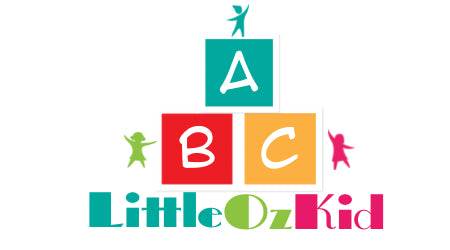Montessori Method
The Montessori method is a revolutionary educational method developed by Italian physician Maria Montessori, which focuses on developing self-directed learning habits and utilizes discovery (instead of instruction) as the primary educational tool. Montessori’s philosophy implies exposing children early to adequate education and materials. In this text, we’ll examine why this method has been recently described as “broadly proven to lead to favorable outcomes in children’s development.”
What is the Montessori method?
Montessori education allows the children to learn at their own pace and with the material selected by themselves while the educator guides, provides knowledge, and assesses the child’s development. The teaching approach is tailored to encourage independence in performing activities and meet early childhood needs.
This revolutionary method impacts all aspects of children’s development, including cognitive, emotional, social, and physical. The child is given limited freedom to discover the pathways which accelerate their growth the most. This way, the child becomes a more self-directed, confident, and enthusiastic learner, which leads to a host of positive developmental outcomes.

History of the Montessori Method
Maria Montessori created the Montessori Method at the end of the 19th century after a few years of working as a pedagogical researcher. She realized that the traditional pedagogical methods employed to educate young minds had counterproductive effects and that a new approach was needed. Her idea was to create better environments in her classrooms, which would, in turn, support the process of acquiring various life skills. Maria’s program was based on her professional work experience and research into areas that focus on early childhood.
The Montessori method was then born as a way to present to the world the possibilities that a more liberating education can have on the child’s development. Over the decades, it has spread throughout the modern world, with Montessori societies emerging in countries all over the globe, including the Netherlands, England, the US, India, and Pakistan. Today, around 20000 schools use the Montessori method in their curriculums to unlock children’s greatest potential.
In 2022, independent studies confirmed that there is no better educational program focused on preschool childhood than the one based on Montessori materials and philosophy. Many modern parents apply for the training courses that provide them with a guide for activities they can apply in their home “classrooms.”

7 Principles Of The Montessori Method
The Montessori Method argues that each child has an inherent need to learn and be busy. Therefore, the teacher’s role isn’t to force a learning trajectory onto the child but to help them find his best-suited learning process following these seven principles:
![]() Free Choice
Free Choice
More responsibility is taken on a child's behalf when they are given the freedom to choose their own learning path. Although the method imposes some hard limits on this freedom, the child has a much wider range of possibilities than with traditional schooling. A child gradually defines their sense of independence through better activities and information received.
![]() Order
Order
Recent examination of the optimal learning environment has concluded that the order in which the child experiences said environment can scale or inhibit the learning effect. Montessori classrooms are therefore assembled with care regarding physical layout and conceptual requirements.
![]() Interest
Interest
Psychological and pedagogical researchers agree that a child’s genuine interest in the subject positively impacts the adoption of the material. Work done in areas where there is no reluctance from a child proves to be more efficient than the one prepared using a ”one size fits all” model.
![]() Movement
Movement
Children learn through interaction with the environment, and the movement allows them to experience what’s out there. Once a child is presented with an object it can’t identify, it has to learn about its characteristics to be able to “handle” or understand it. A child comes into contact with unfamiliar circumstances and areas and then tries to search for a “solution” and make sense of it all. That’s when the development happens.
![]() Context
Context
Traditional teaching methods emphasize learning by memorizing and repeating. Montessori classrooms emphasize learning by doing. The child is left to choose what they will devote their attention to. They gather information by learning from a “guide” they create for themselves. The role of the instructor is to organize the context so that it allows the most stimulating learning pathways.
![]() Learning From Peers
Learning From Peers
Imitation is one of the primary forms of learning with children. Nothing motivates a child to learn something new than seeing a peer doing it. The Montessori method utilizes this trait and lets children learn from each other. It can even be seen in their joyful body language when they realize someone their age is doing something they are trying to do.
![]() Teacher's Guidance
Teacher's Guidance
The teacher’s role within the Montessori method isn’t passive. Teachers are meant to create the optimal learning environment and set the limits within which the child can roam free and learn. From an emotional support standpoint, teachers in Montessori schools are meant to respond to child's needs while maintaining high expectations. This way, “students” are being prepared for future challenges, such as university studies, professional work, and modern-day society in general.

